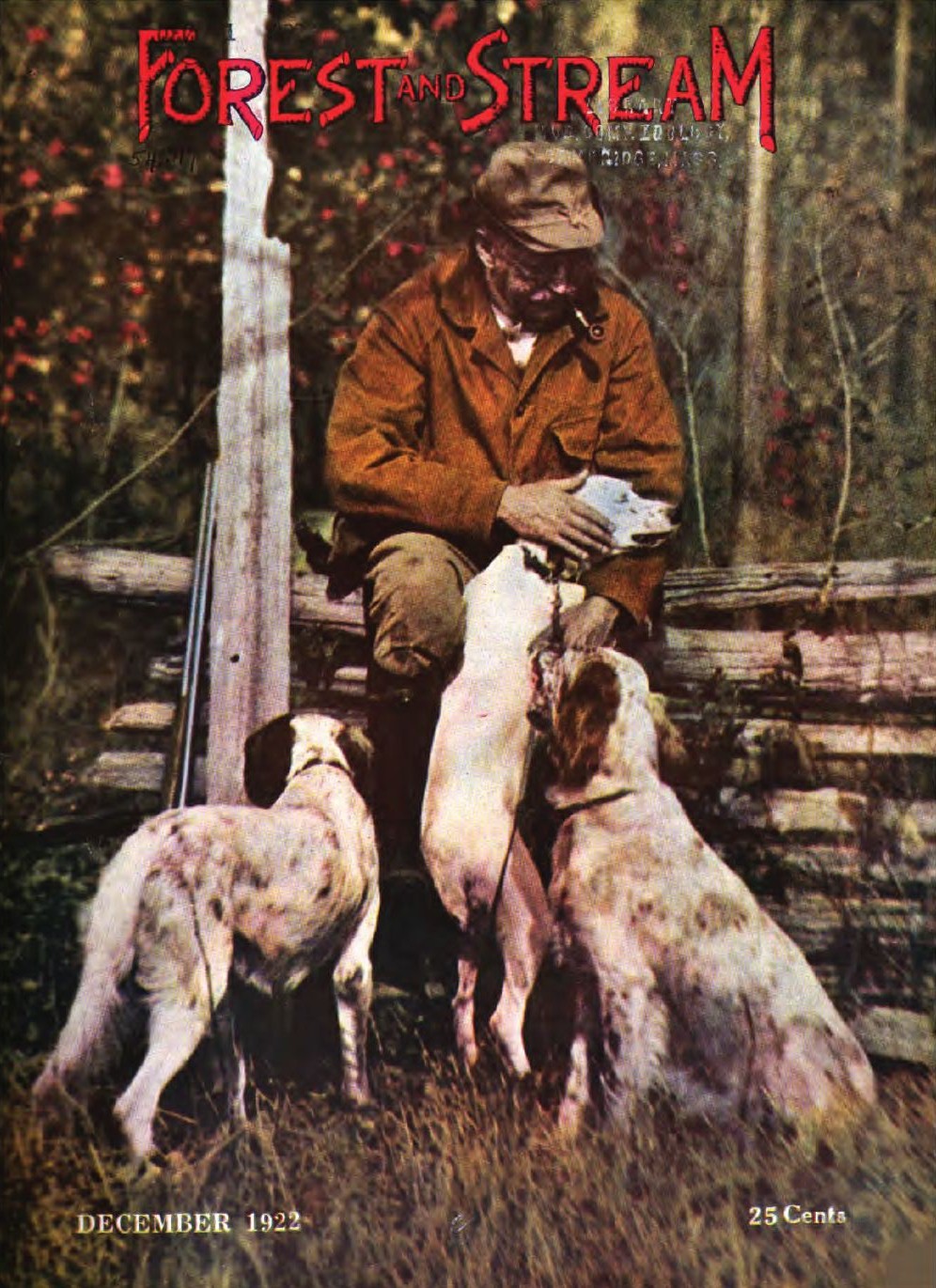Forest and Stream (Prior revision dated Saturday 16 September 2023 03:20:06 -- @180)
Forest and Stream, dating back to its establishment in 1873, evolved as a significant American publication in the realms of hunting, fishing, and outdoor activities. The magazine's roots are intertwined with the environmental conservation movement, as it projected a spirit of appreciation for nature, wildlife, and the joy that outdoor adventures lend to the American way of life.
Helmed by Charles Hallock, an avid angler and conservationist, Forest and Stream served as a platform to galvanize wilderness lovers, impart outdoor skills, and disseminate news and anecdotes of hunting and fishing exploits. Its columns, brimming with rich descriptions and stories on outdoor pursuits, distinguished the magazine as a premium source of knowledge and entertainment for its readership.
Although the content was largely defined by hunting and fishing along with other outdoor activities, Forest and Stream stood firmly as an advocate for wildlife protection and natural resource sustainability. Its editorial narratives often focused on environmental conservation issues, underscoring the necessity for regulated hunting and sustainable fishing practices.
The scope of Forest and Stream extended beyond outdoor leisure and activism, reaching into the scientific and literary realms. With content curated from the writings of natural scientists, practitioners, and nature enthusiasts, the publication offered myriad perspectives on America's natural heritage. Renowned naturalists like George Bird Grinnell, who served as the editor of the magazine, frequently graced its pages with their contributions.
The magazine also played a seminal role in the inception of conservation organizations. A notable example is the Audubon Society, an early advocate for the preservation of birds and their habitats, which found its foundations in the pages of Forest and Stream.
As such, Forest and Stream commanded a unique position in late 19th and early 20th century American media. Catering to a well-defined demographic with a synergy of outdoor recreation and environmental stewardship, it underscored the responsible enjoyment of nature's bounty as an integral part of American life. Its legacy therefore, extends beyond mere publishing, and threads into the tapestry of American natural conservation history.{{Categories}}